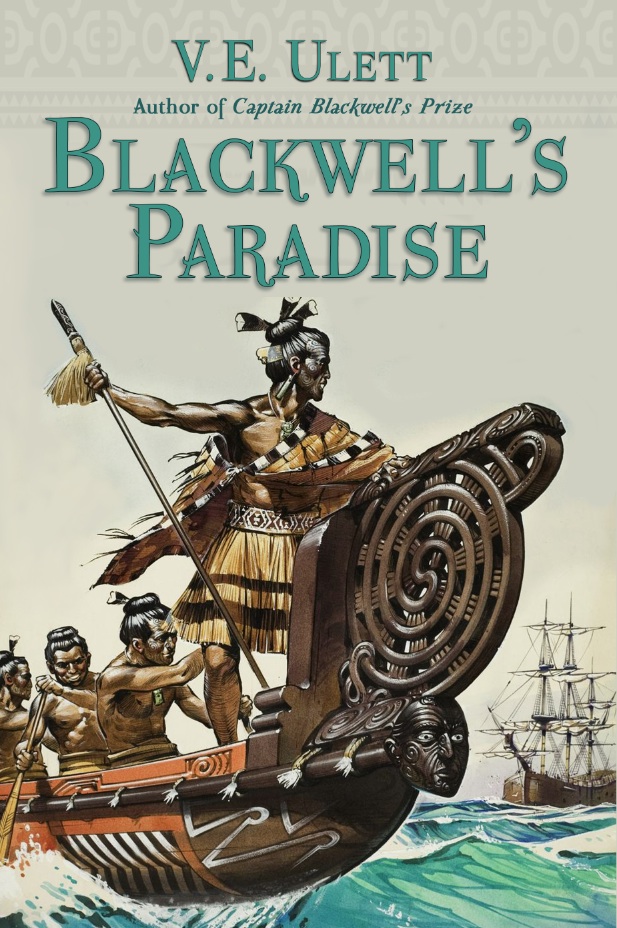Blackwell's Paradise
by V.E. Ulett
Publication Date: January 8, 2014
Old Salt Press LLC
Formats: Ebook, Paperback
Series: Blackwell's Adventures, Volume II
Genre: Historical Adventure/Naval HF
Relive the pleasure of falling into the past with the author of Captain Blackwell’s Prize, in Volume II of Blackwell’s Adventures.
The repercussions of a court martial and the ill-will of powerful men at the Admiralty pursue Royal Navy captain James Blackwell into the Pacific, where danger lurks around every coral reef. Even if Captain Blackwell and Mercedes survive the venture into the world of early nineteenth century exploration, can they emerge unchanged with their love intact. The mission to the Great South Sea will test their loyalties and strength, and define the characters of Captain Blackwell and his lady in Blackwell’s Paradise.
Enter the Goodreads Giveaway
Goodreads Book Giveaway
Blackwell's Paradise
by V.E. Ulett
Giveaway ends April 30, 2014.
See the giveaway details
at Goodreads.
Praise for Blackwell's Paradise
“Not for the faint hearted – Captain Blackwell pulls no punches! Prepare for a right roaring romp in the company of two of the most captivating characters in historical fiction.” - Alaric Bond, author of Turn A Blind Eye, and the Fighting Sail Series
Buy the Book
Amazon (eBook)
Amazon (Paperback)
Barnes & Noble (Nook)
Barnes & Noble (Paperback)
Book Depository
iTunes
About the Author
A long time resident of California, V.E. Ulett is an avid reader as well as writer of historical fiction.
Proud to be an Old Salt Press author, V.E. is also a member of the National Books Critics Circle and an active member and reviewer for the Historical Novel Society.
As the long war in Europe comes to its conclusion, so does Captain Blackwell’s career in the Royal Navy in BLACKWELLS’ HOMECOMING, a story of the dangers and rewards of desire.
Author Links
Website
Goodreads
Old Salt Press
Book Blast Schedule
April 1 Historical Tapestry
April 2 Broken Teepee
April 3 Confessions of an Avid Reader
April 4 The True Book Addict
April 7 Layered Pages
April 8 The Maiden's Court
April 9 Passages the Past
April 10 Just One More Chapter
April 11 Closed the Cover
April 12 Words and Peace
April 14 Luxury Reading
April 15 To Read or Not to Read
April 16 Peeking Between the Pages
April 18 So Many Books, So Little Time
April 21 Flashlight Commentary
April 22 Curling Up With a Good Book
April 23 HF Book Muse-News
April 24 A Bookish Affair
April 25 Oh, For the Hook of a Book
April 27 Kincavel Korner
April 28 CelticLady's Reviews
April 29 Historical Fiction Connection
April 30 Reading the Ages
Giveaway
To enter to win a copy of Blackwell's Paradise please complete the Rafflecopter giveaway form below. Giveaway is open to US and Canadian residents only.
Giveaway ends at 11:59pm on April 30th. You must be 18 or older to enter.
Winners will be chosen via Rafflecopter on May 1st and notified via email.
Winners have 48 hours to claim prize or new winner is chosen.
a Rafflecopter giveaway














